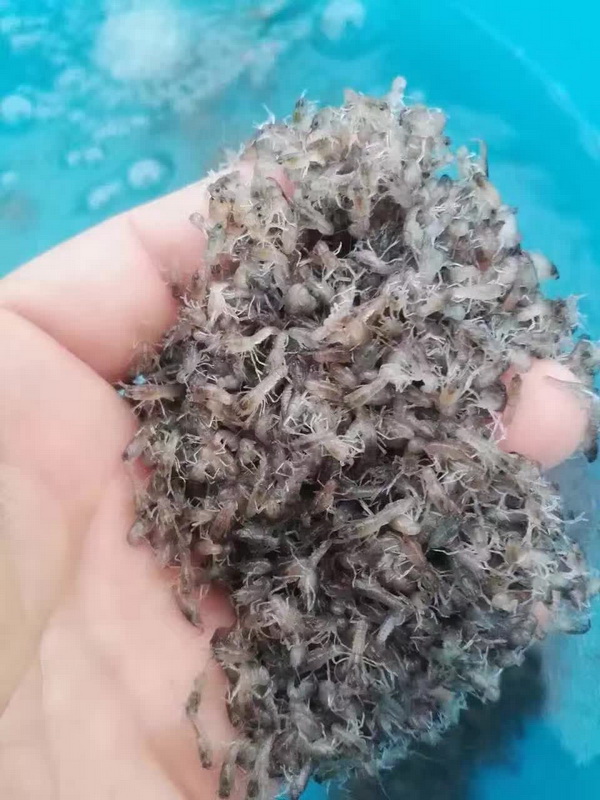Australian freshwater lobster, also known as red prawn, is one of the finest freshwater shrimps native to Australia. It is a species widely respected by the aquatic industry in recent years.

The shrimp has the following outstanding advantages:
1. Adaptable, can live in pure fresh water or fresh water with certain salinity;
2. Wide appetite, edible pumpkin, eggs, aquatic plants, common shrimp feed, fly maggots, animal water, etc.;
3. The breeding cycle is short and the growth rate is fast. The net weight gain of Australian freshwater lobster for one month is comparable to the net weight gain of crayfish for four months, and the Australian freshwater lobster cultured for one year can weigh more than 0.7 kg;
4. It can naturally breed and hatch without human intervention, which can save a lot of labor;
5. The survival rate of stocking is high and the disease resistance is strong;
6. resistant to low oxygen and pollution;
7. The meat is tender, delicious, and has a high edible ratio;

8. Long-distance transportation can not be dead for 72 hours, and can be listed fresh. The sales advantage is obvious;
9. Artificial breeding equipment is simple and low cost.
In view of the above advantages of Australian freshwater lobster, it can better replace P. vannamei, P. sylvestris and Macrobrachium rosenbergii, and solve the current high incidence of high-quality species such as P. vannamei and P. japonicus, and low breeding success rate. Puzzle. However, due to the small number of eggs in Australia, the low survival rate of hatching, and the high self-injury rate of seedlings, the final number of seedlings is limited, which has become the bottleneck for the popularization of Australian freshwater lobster. There are too many algae in the water, which are attached to the broodstock, which may cause the broodstock to be irritated and kicked, resulting in low hatching rate. At the same time, juvenile shrimps are not happy, and in places with strong light, juvenile shrimps of the same type of residual food are often found. Lead to a low survival rate of nursery. To solve this series of problems, we use a circulating water filtration system for broodstock and nursery water. Make water quality more stable. This will not only increase the egg-carrying rate of the broodstock, but also greatly increase the hatching survival rate of the shrimp.
Overall design of the project:
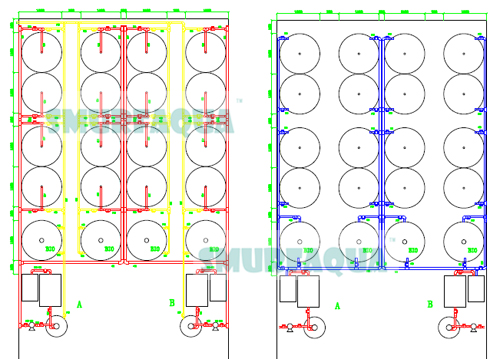
Use a removable plastic fish pond for the broodstock culture pond:
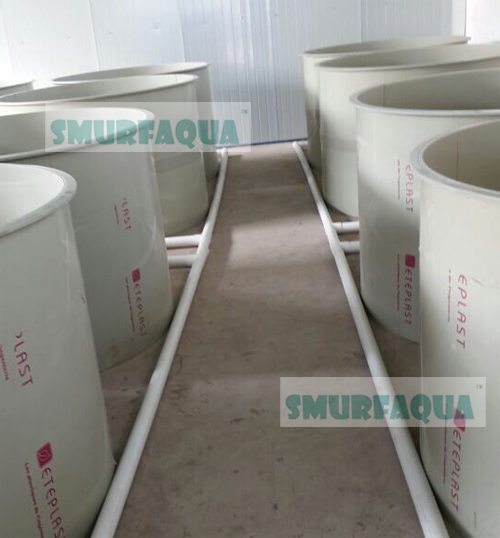
Biological filter pool:
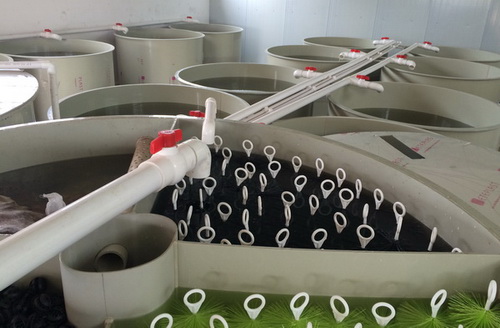
sand filter and UV seterilizer:
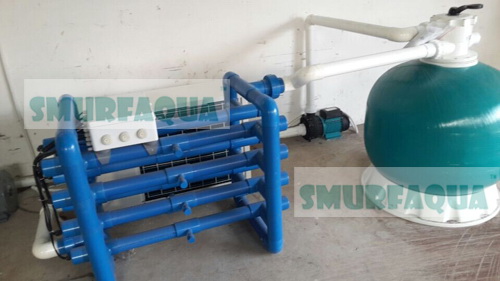
Breeding broodstock:
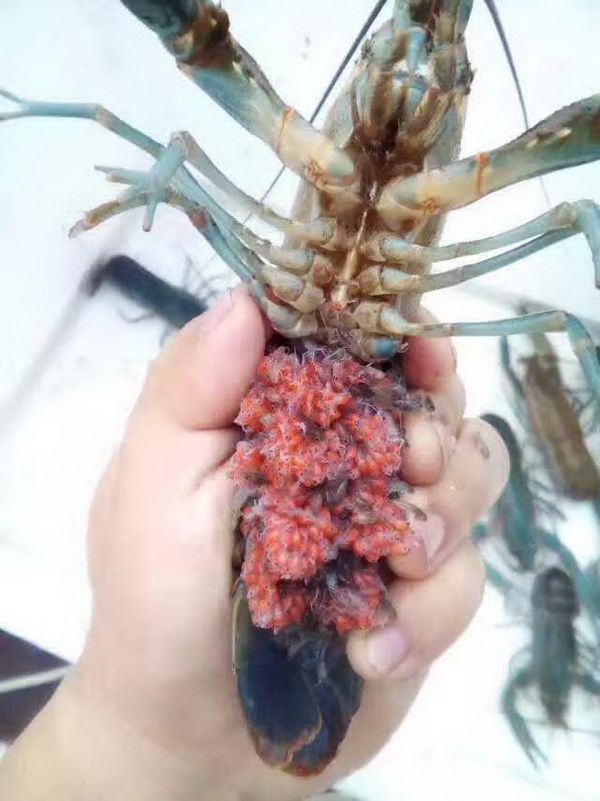
Just starting out the blackhead seedlings:
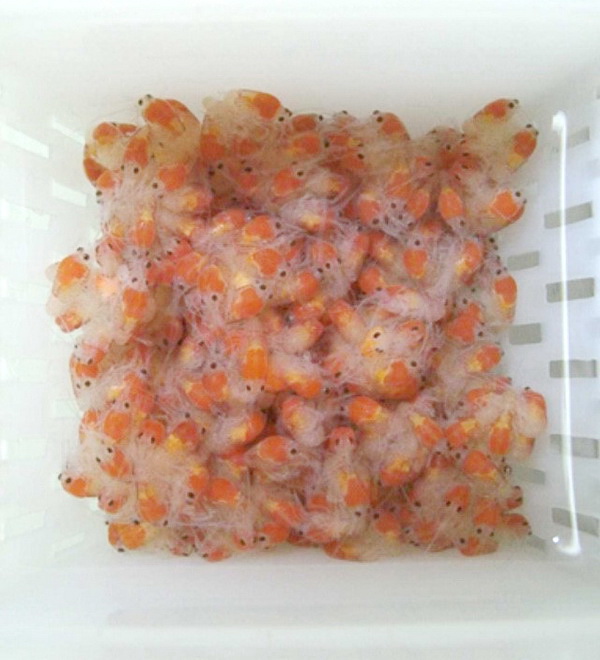
Infant seedlings cultivated in a recirculating aquaculture system:
